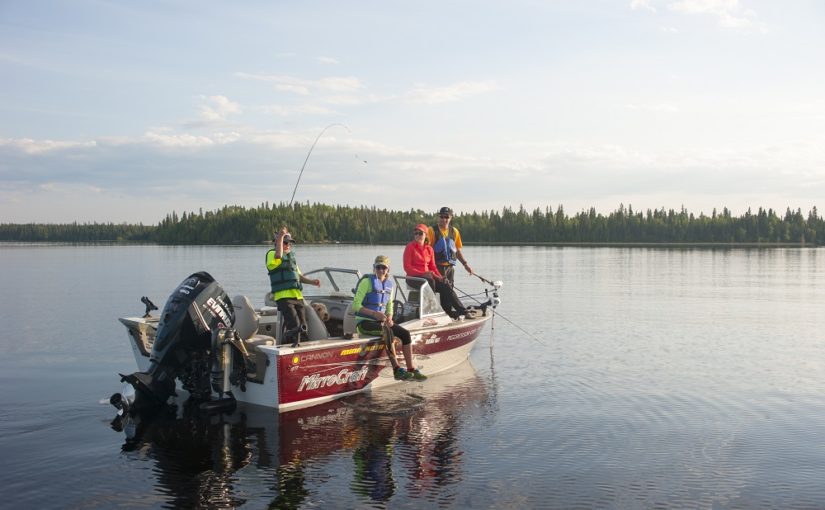Today’s post comes from our friends at the Invasive Species Centre.
Fishing can be enjoyed in every season, and this means that we can keep the health of our lakes and waterways top-of-mind year-round.
In Ontario, the Fishing Regulations control live bait to prevent the spread of infectious fish diseases (like viral hemorrhagic septicemia), unwanted fish species, and invasive species.
Let’s buff up on our bait facts to help protect our lakes and become invasive species fighters. Your training begins now.
Did you know?
Not all small fish are minnows
In Ontario, residents with a fishing licence can catch 48 species of baitfish, including some species of minnows, suckers, sticklebacks, sculpins and darters, and have up to 120 baitfish in their possession at any time.
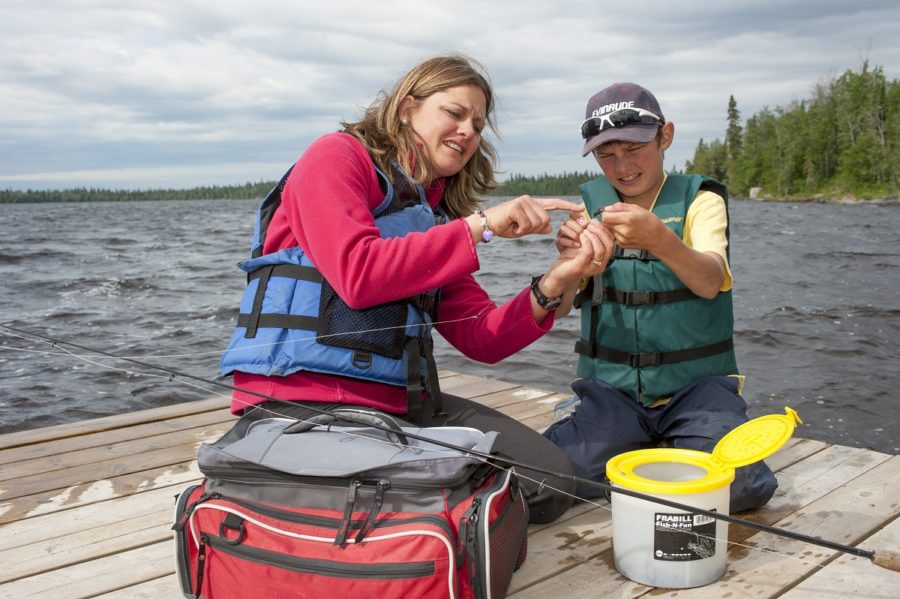
If you are planning to catch your own baitfish for local use, it is up to you to be aware of the 48 species of legal baitfish and the rules surrounding species that can be used as live bait.
Local bait is best
Always use your self-harvested bait in the area where you harvested it. If you are planning a fishing trip (lucky you!), it is essential to know in advance where you plan to buy your bait. If you are travelling far distances to fish, buy your bait as close to your destination as possible.
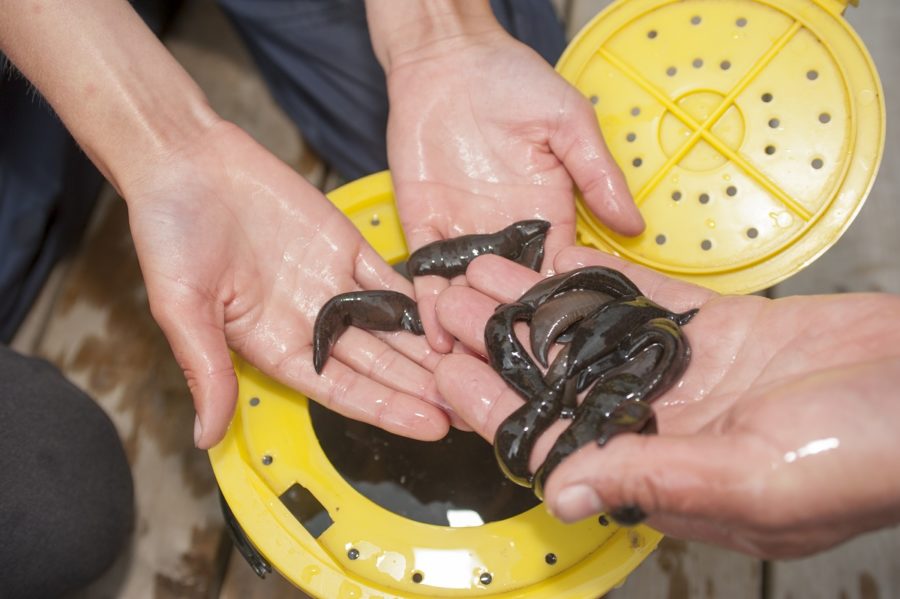
You can’t take bait everywhere
It is prohibited to use bait in some provincial parks, and sensitive rivers and lakes. Visit Fish ON-line to learn the rules that apply to your favourite fishing spot, and check with park staff when planning your in-park trip.
Take action!
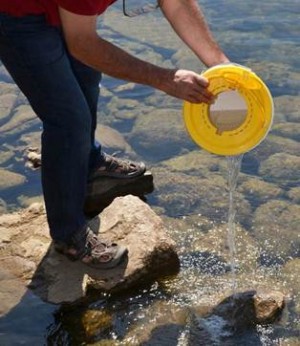
We all know that the best way to get rid of bait is to catch fish, but that isn’t the case every time you go fishing. Bait harvesters and dealers in Ontario take special care and have measures in place to help prevent sale of non-baitfish species to anglers, but there is always a risk of this occurring.
If this does occur and unused bait is dumped into a new lake, a new population of invasive species can become established or fish diseases can spread, eroding a healthy ecosystem.
Learn the right ways to dispose of your bait:
Bury or trash your bait at least 30 m from the water
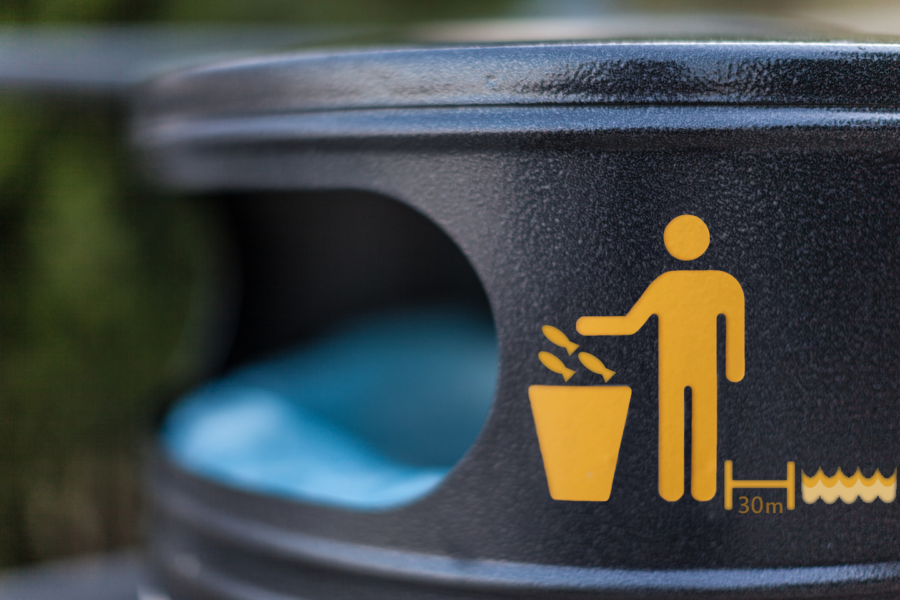
Bury or trash your live bait or the contents of your bait bucket (including water) 30 m or more from any water source. This minimizes the chance of introducing invasive species into Ontario waters.
Take it home
According to the adage, “a bad day of fishing is better than a great day at the office.” If you agree, save your bait for another day of fishing. Bait can be frozen or put in salt to keep and reuse. Just defrost or remove salt and you are good to go.
Just remember: you’re not allowed to have more than 120 in your possession.
Regifting
If you are in a hurry and looking to unload your bait, look no further than other anglers on the lake. Be an angler’s friend and share the wealth. The most important part of regifting is to also share the knowledge you have learned here today! Inform the recipient of the dangers of dumping their bait into the water and ask that they bury, trash or take it home.
Artificial lures
The artificial lures section is the advanced portion of your invasive species fighter training.
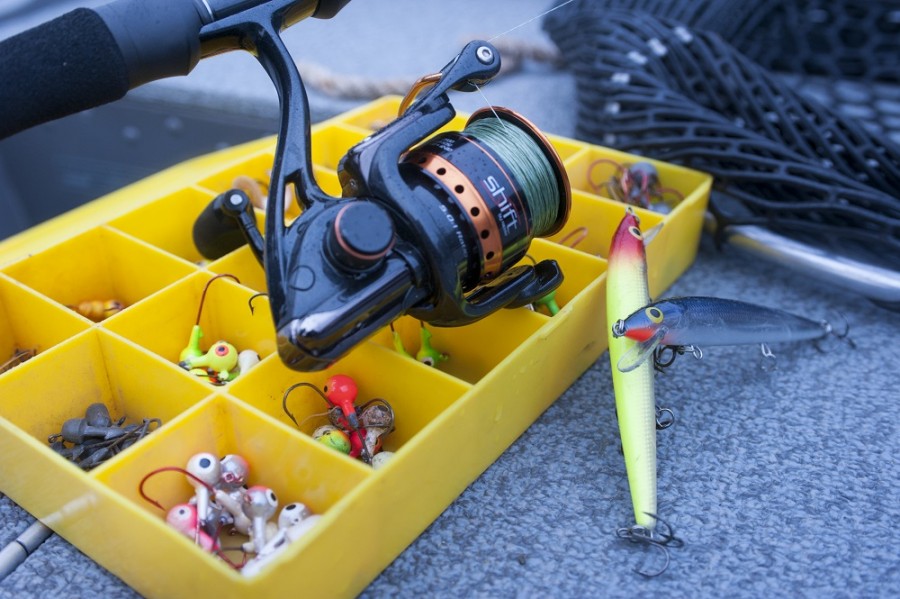
Walk through any outdoor store and you will find rows of products made by companies who would enjoy your business. These products include several effective alternatives to live fishing bait, including:
- Soft plastic baits: a wide range of soft plastic baits are made now to imitate every form of live bait available. Scented options can help entice the fish too, but always remember to properly dispose of used plastic baits in the garbage and use biodegradable artificial baits whenever possible
- Spoons: a fishing lure used to attract fish by reflecting light and moving randomly. These can come in many different shapes, colours and patterns to suit any need
- Jigs: a sinker and a hook with a soft body to attract fish, perfect to use for jigging in one spot
- Spinners: one or more metal blades that spin while treading through the water, light reflects off the blade like a spoon, and vibrations mimic small fish
- Artificial fly: usually used in fly fishing but can be used in other forms of angling, constructed by fly tying, where furs, feathers and threat are tied onto a fish hook to mimic the natural food source of a fly
- Crankbaits: a popular type of hard-bodied fishing lure. They’re often designed to imitate swimming minnows
